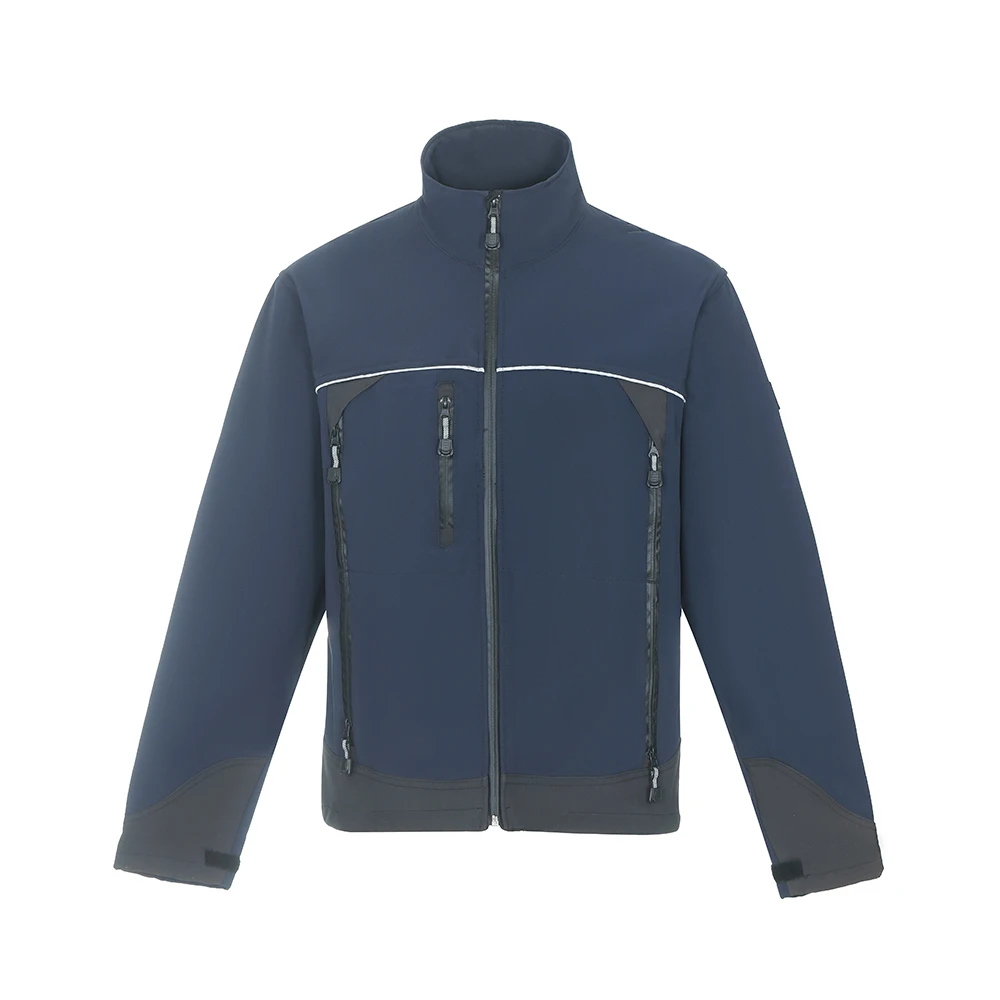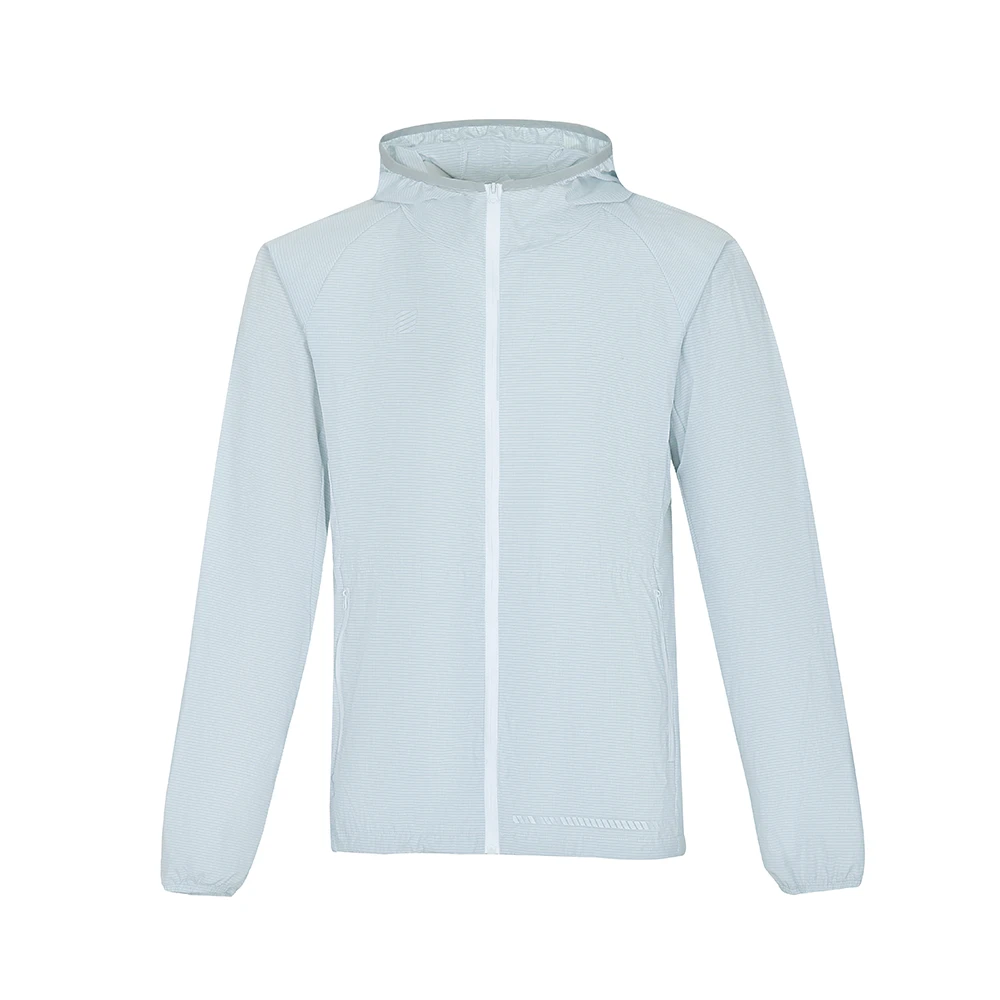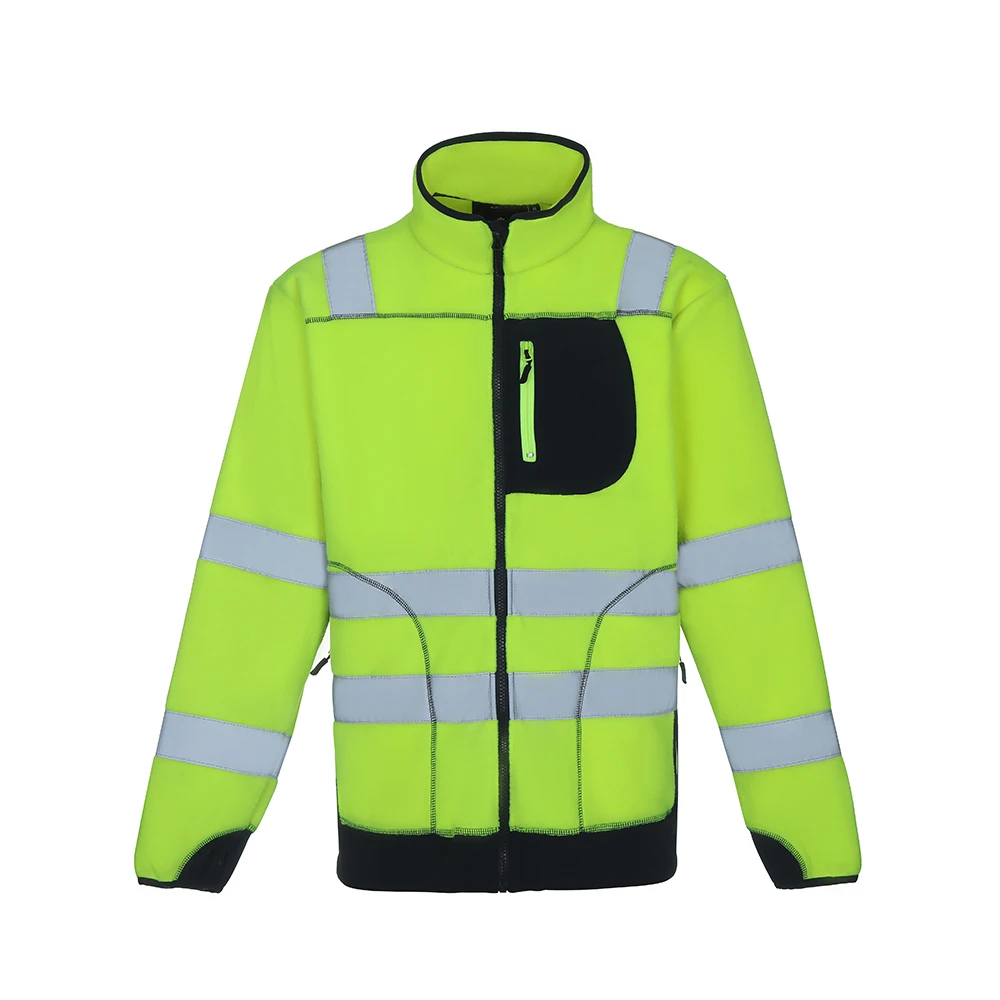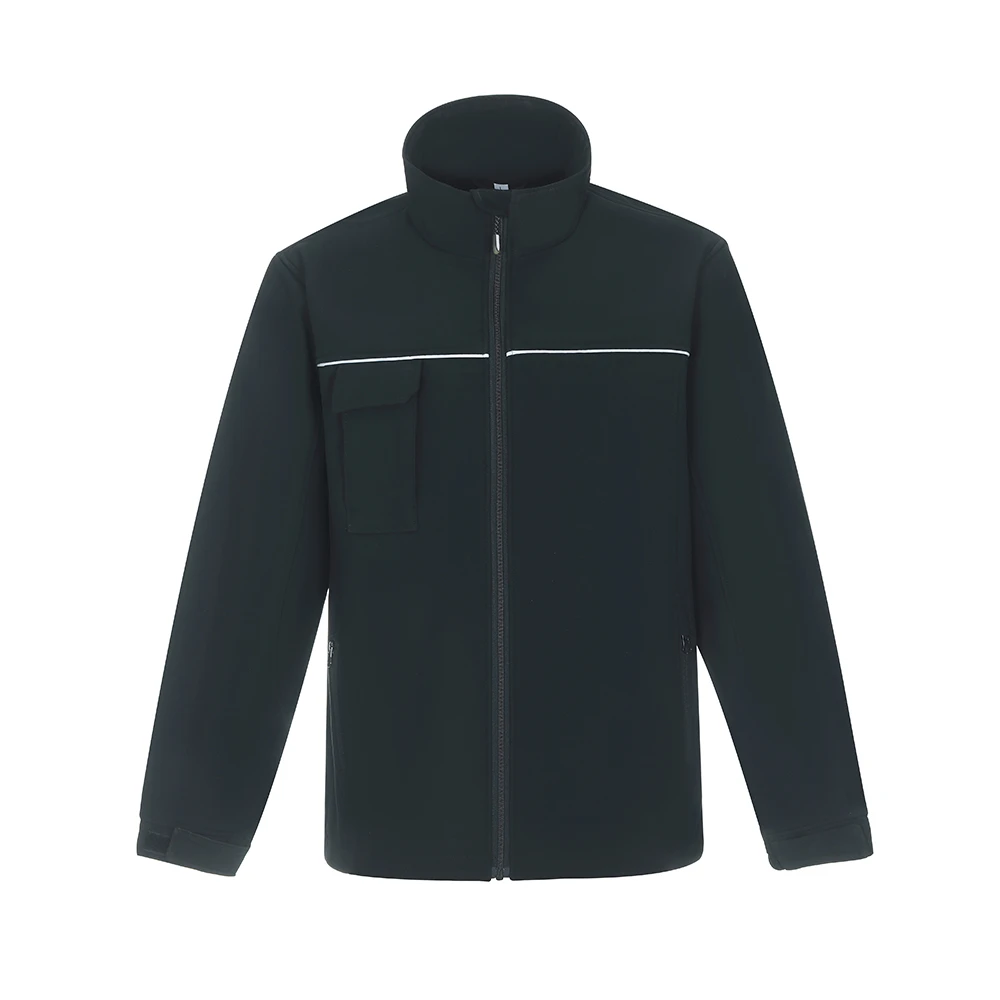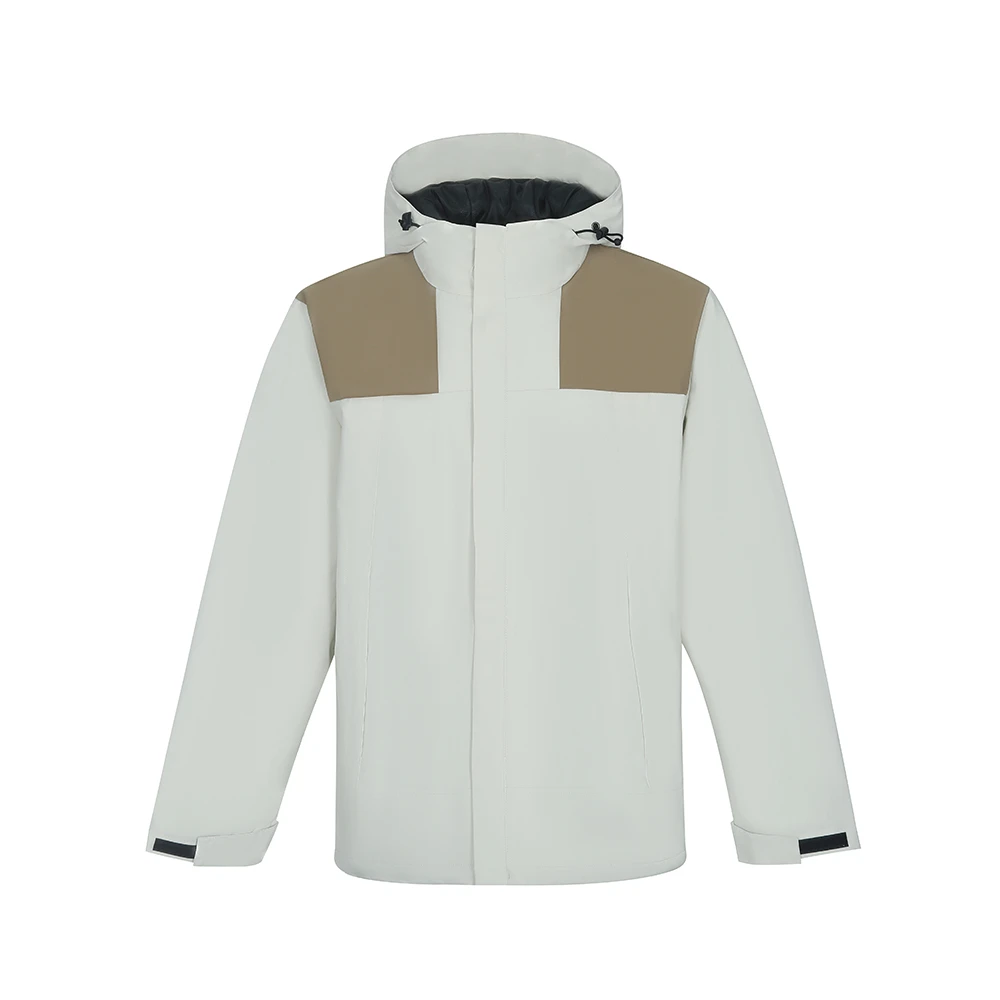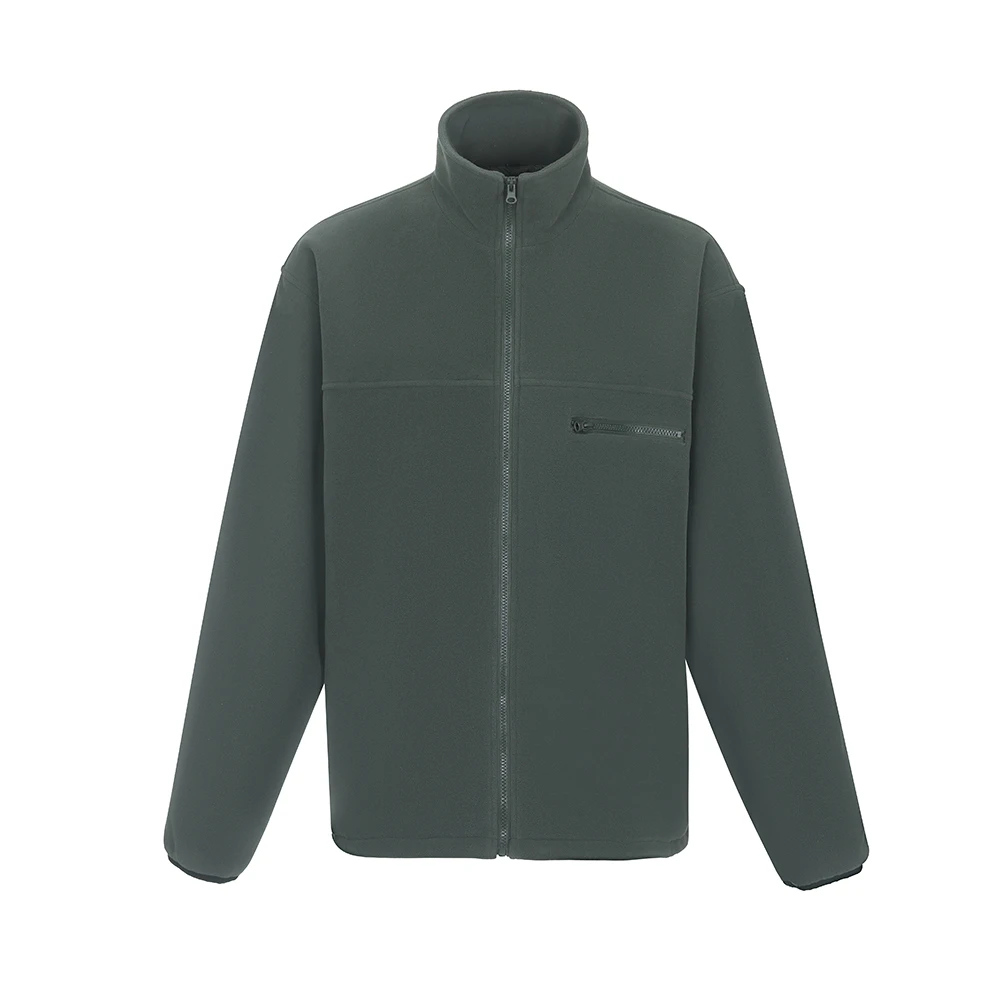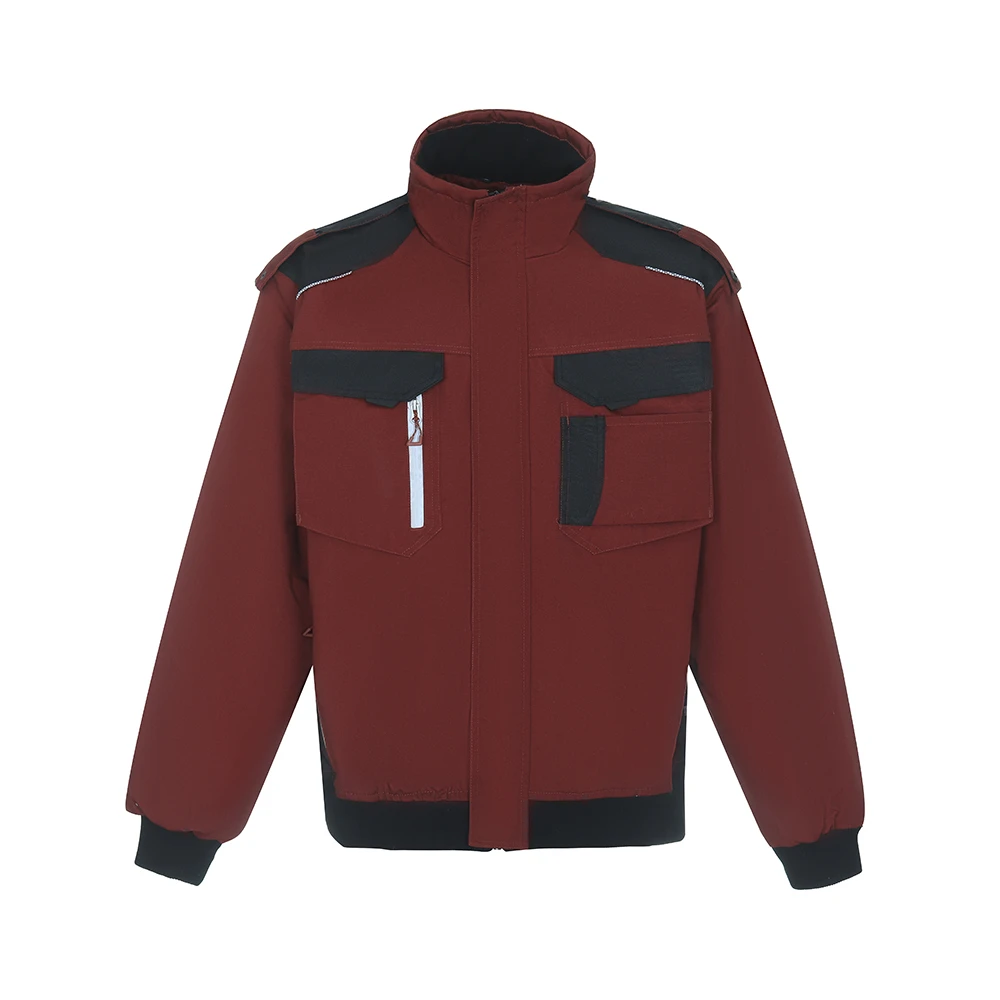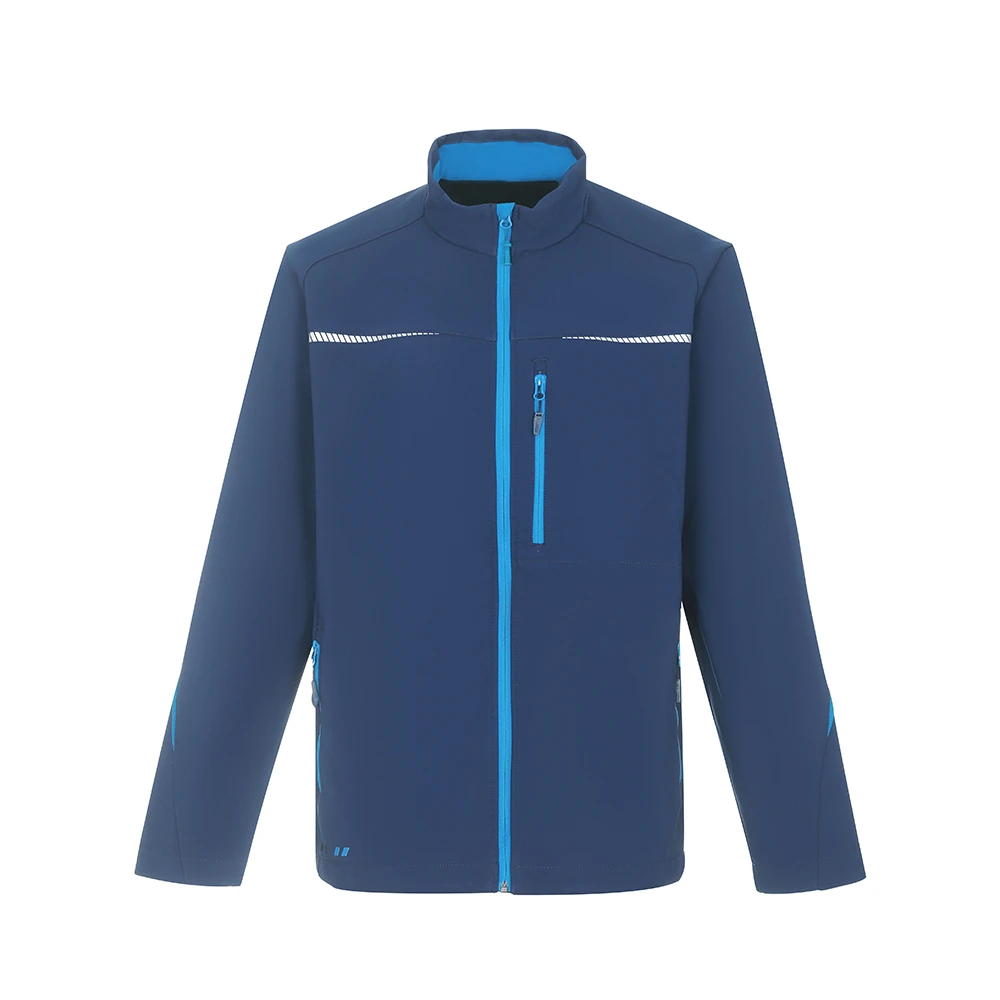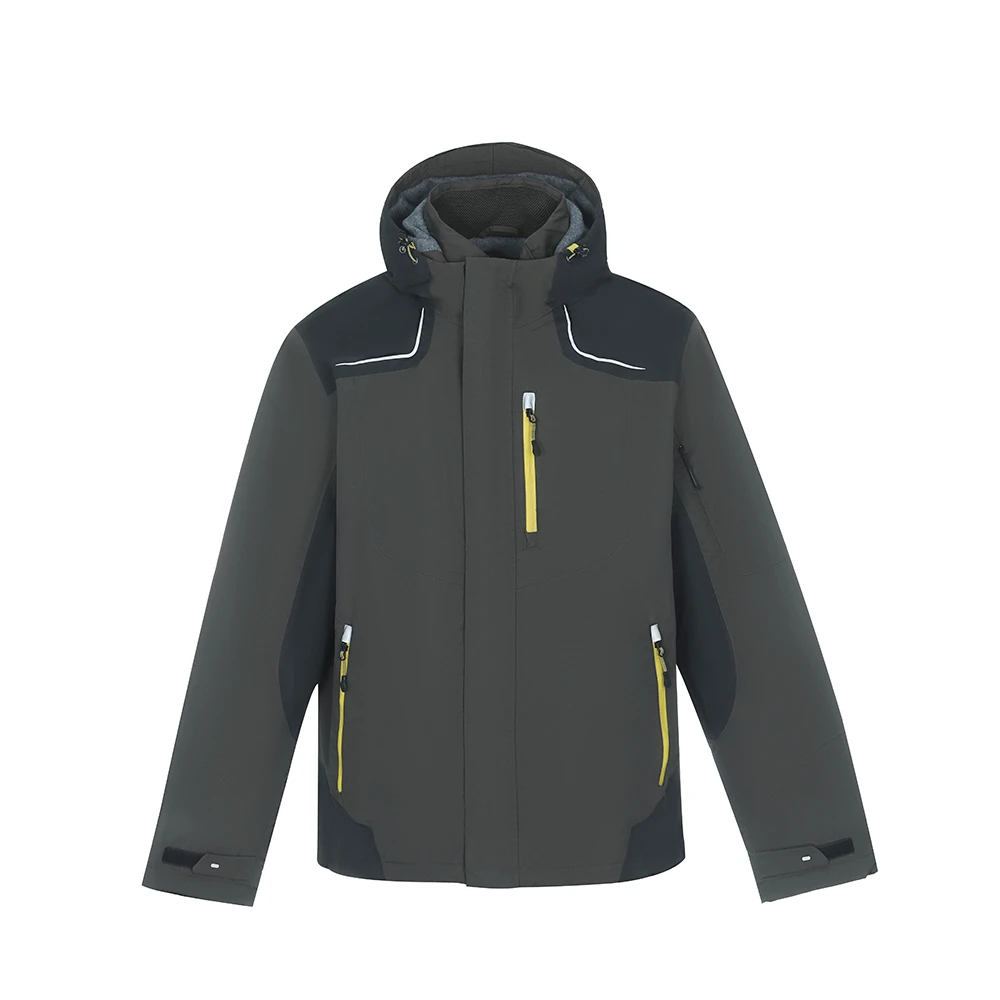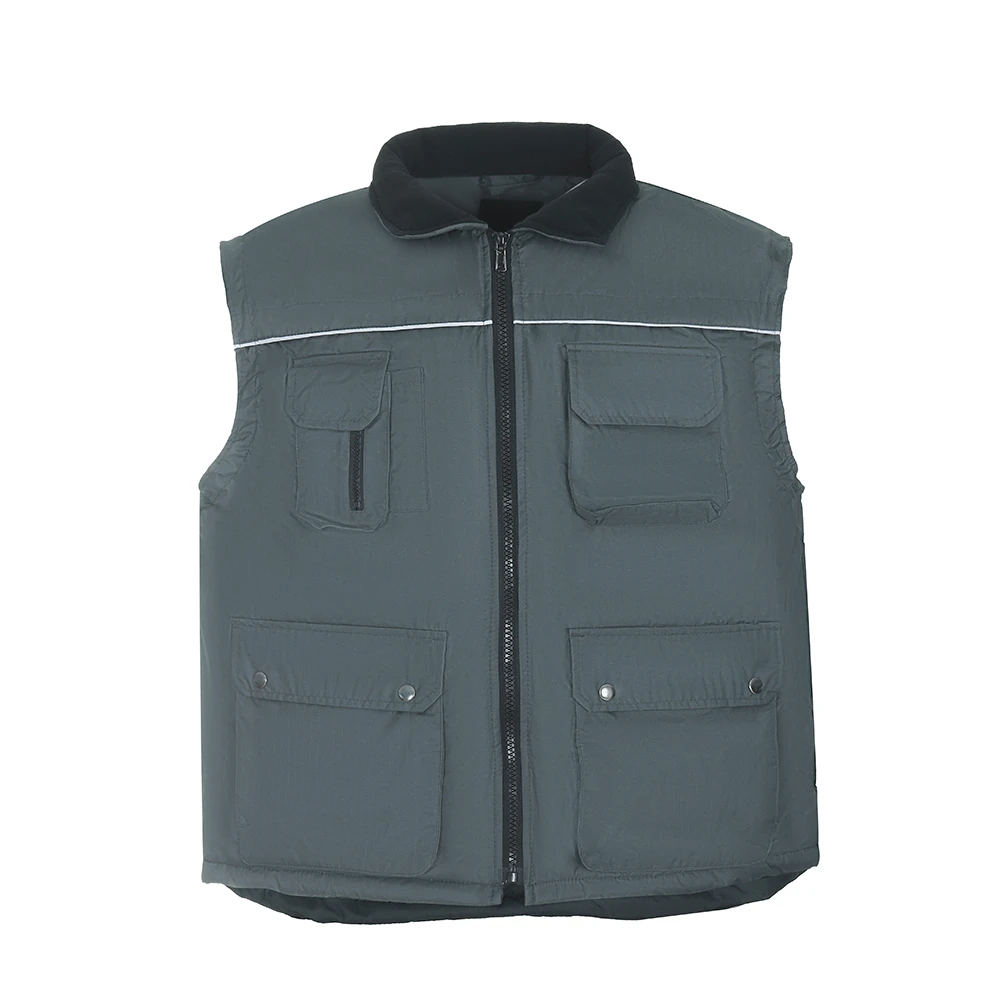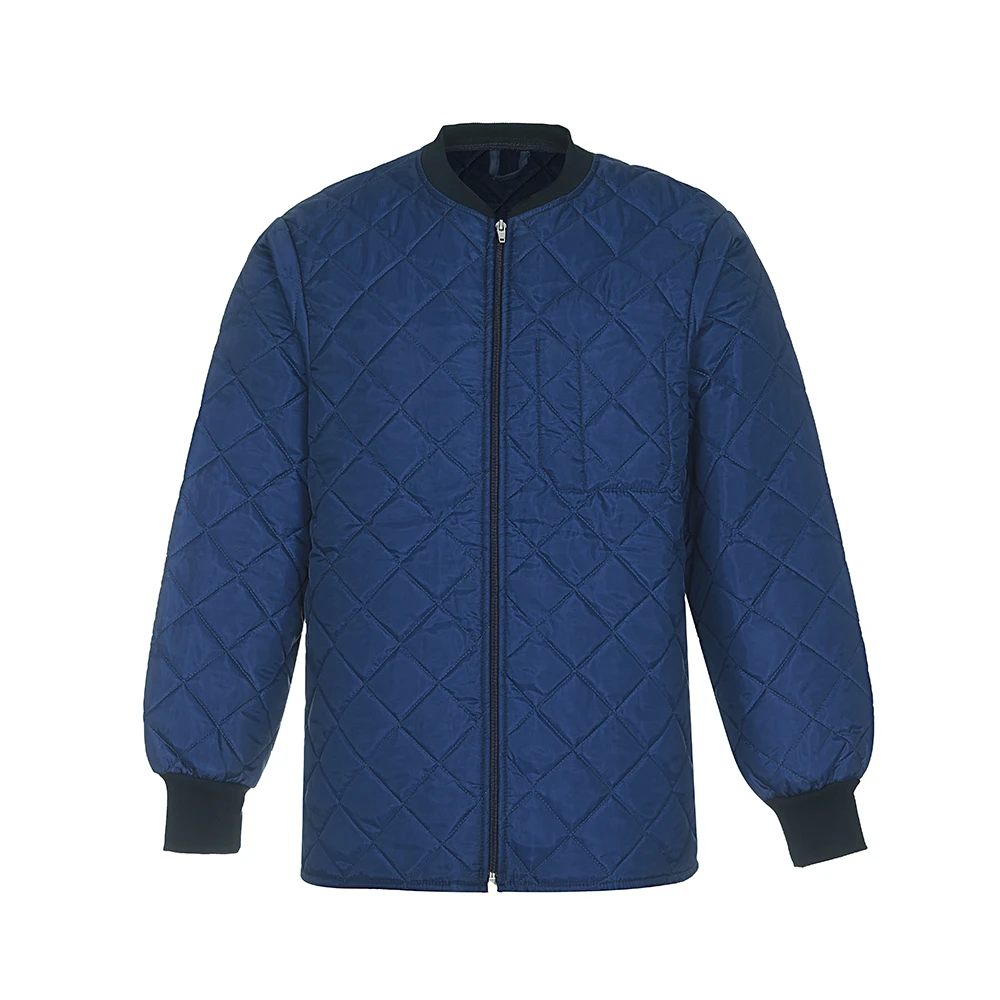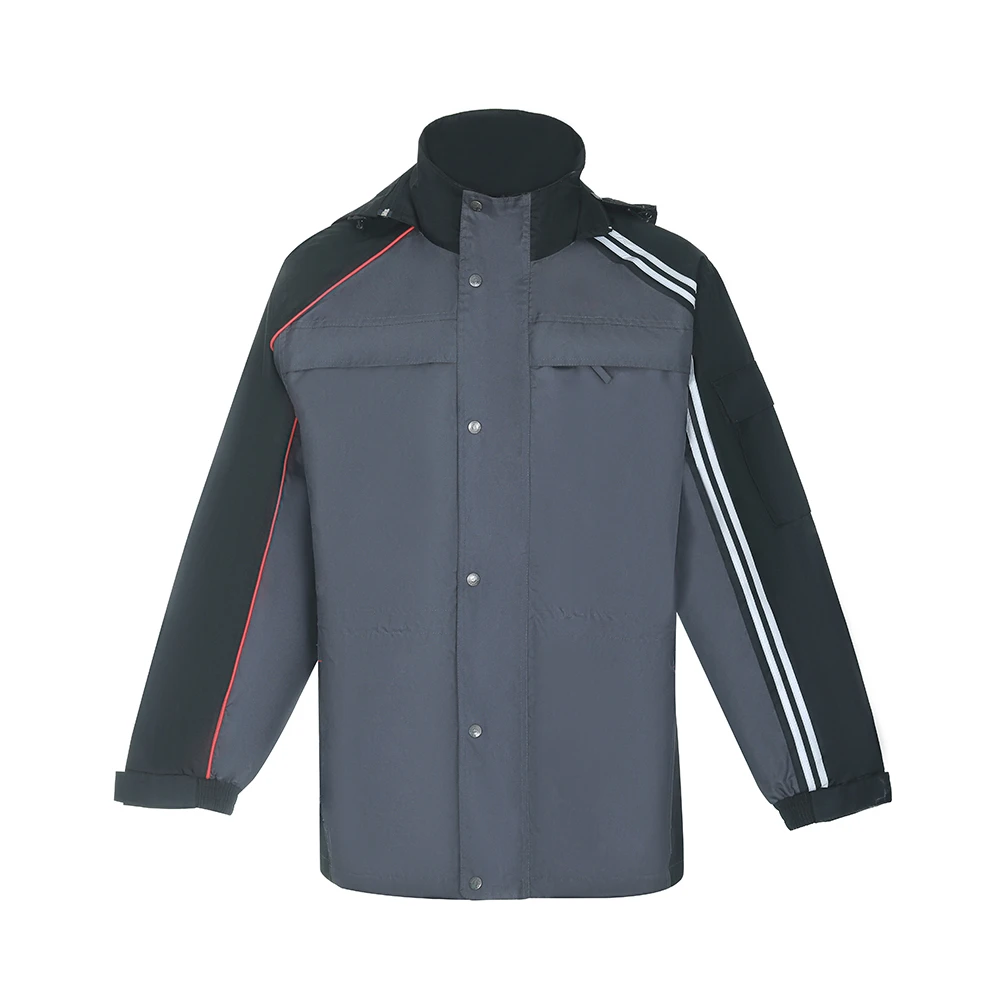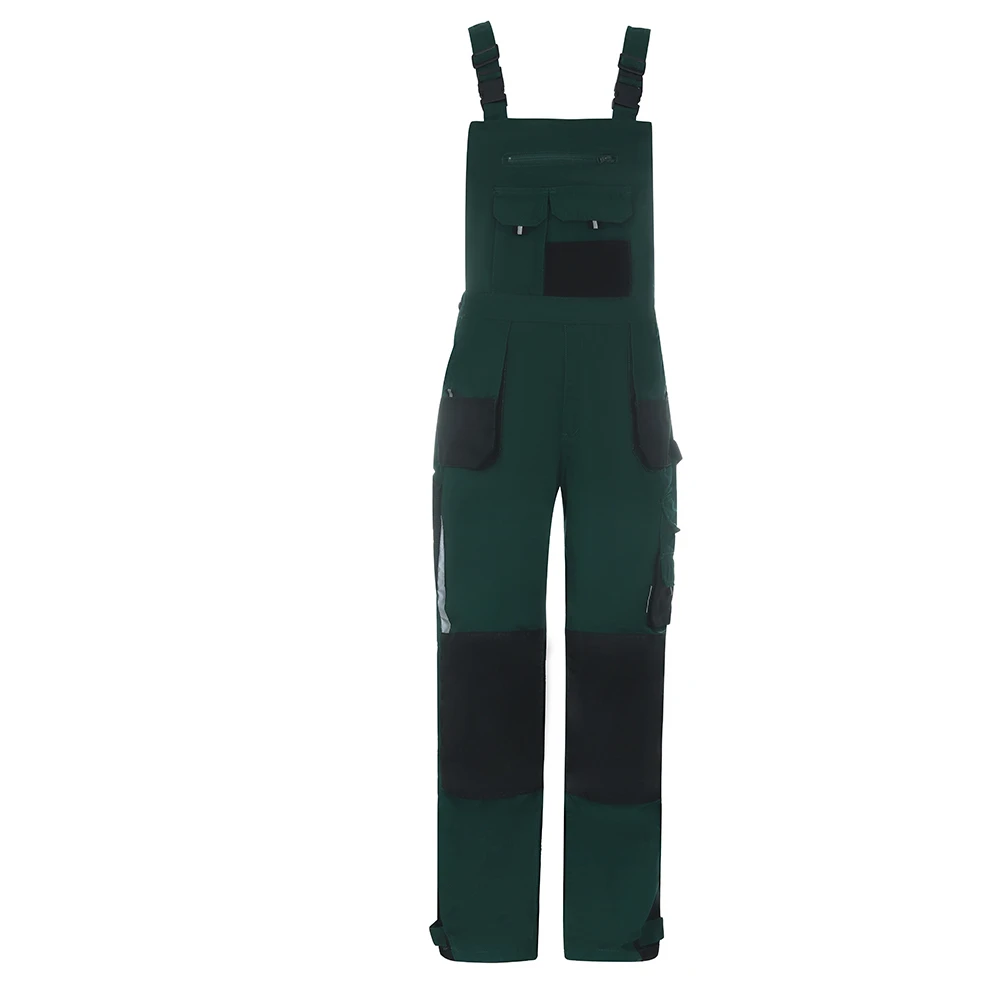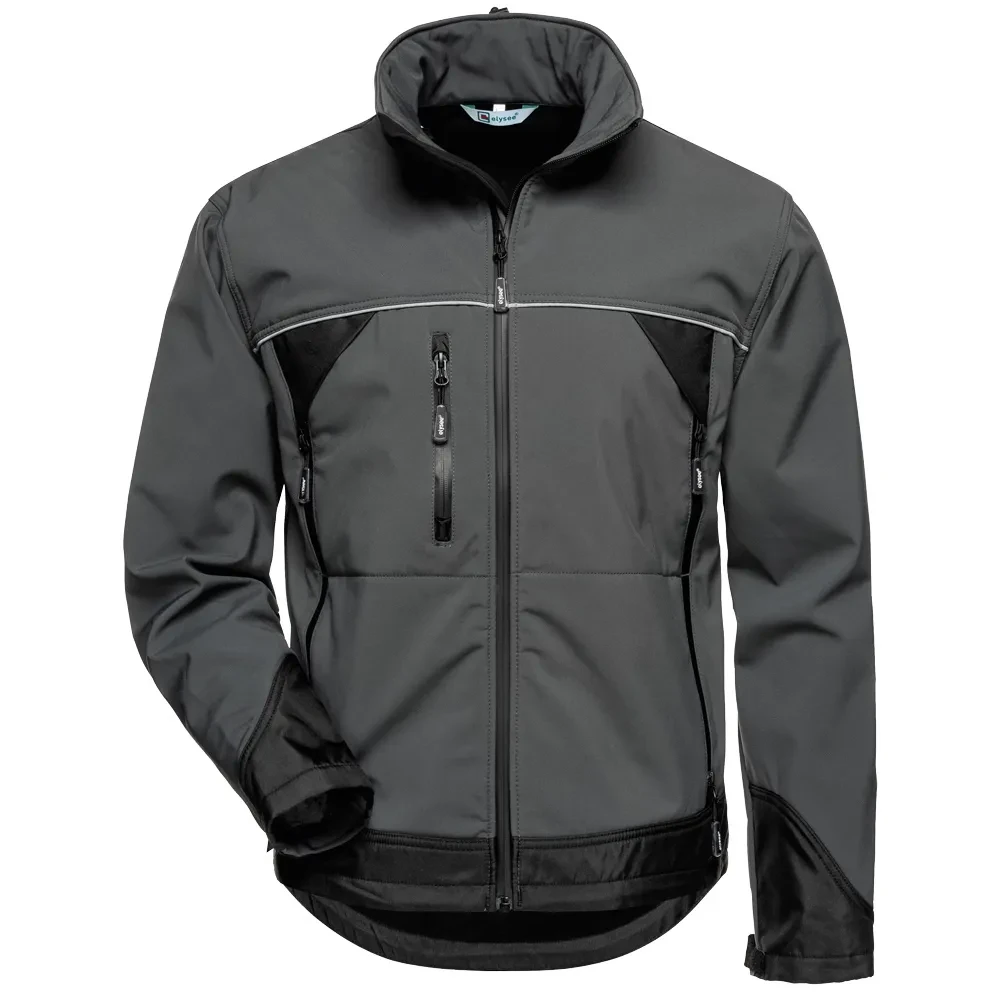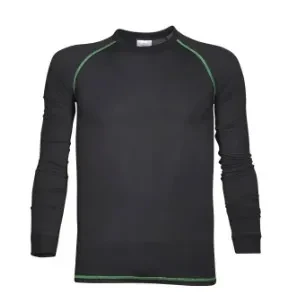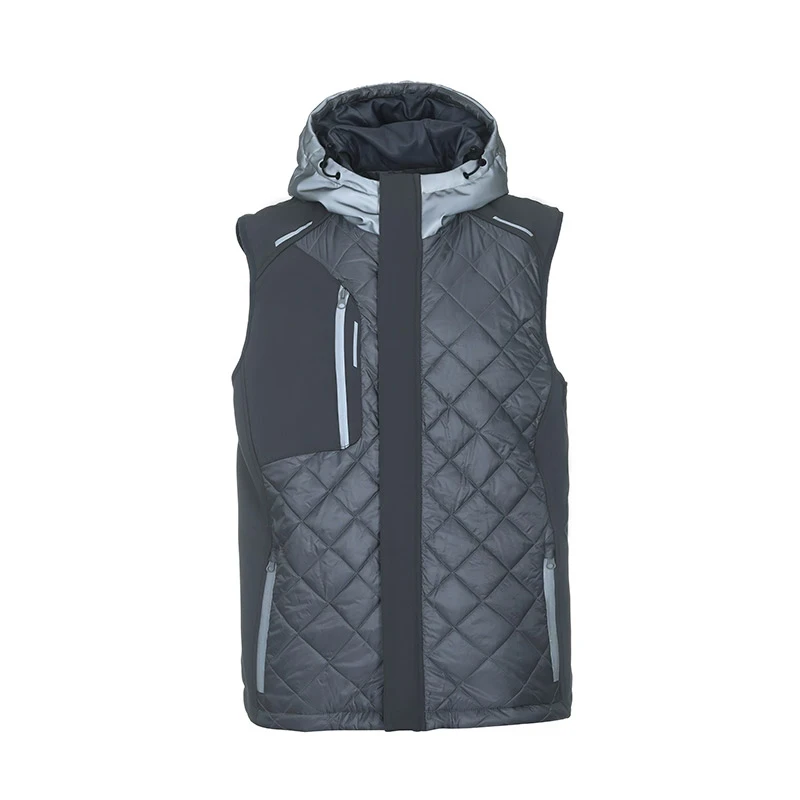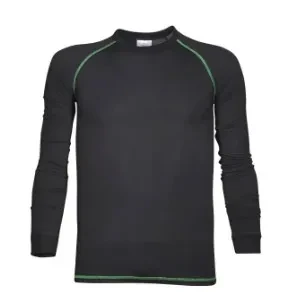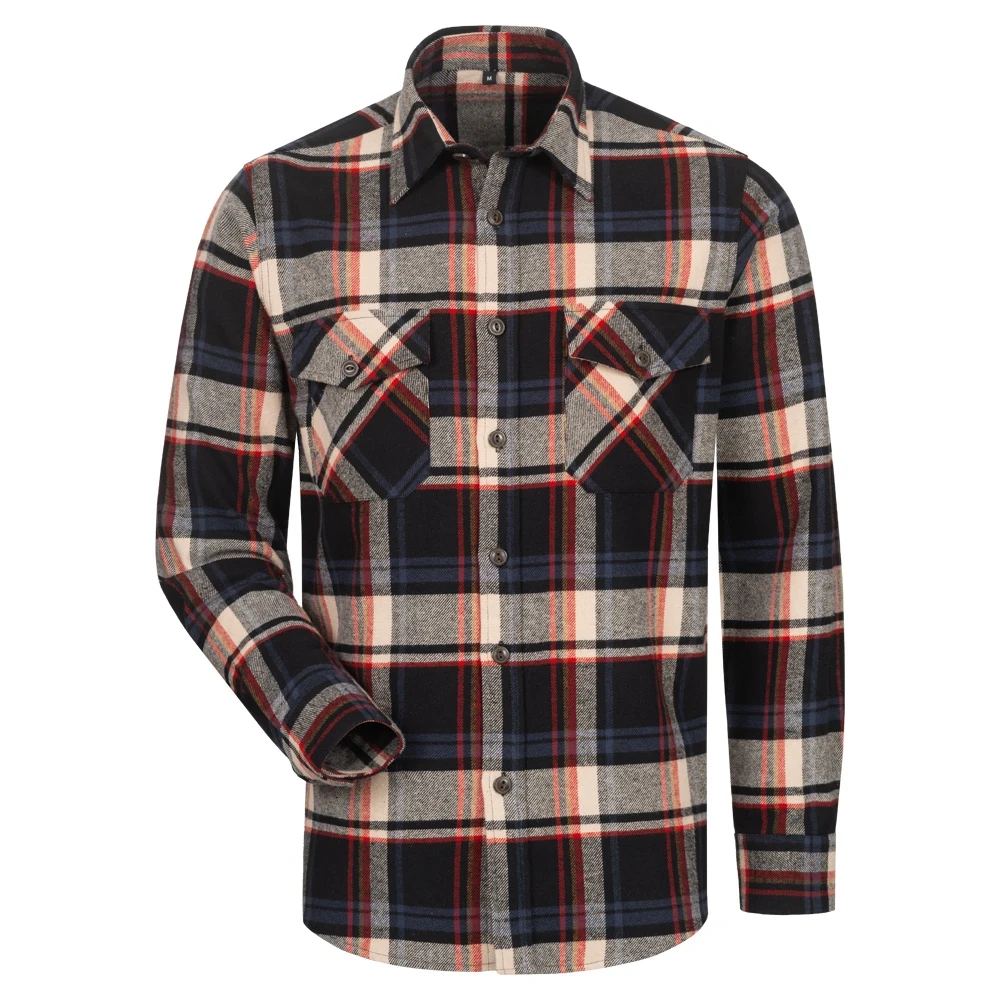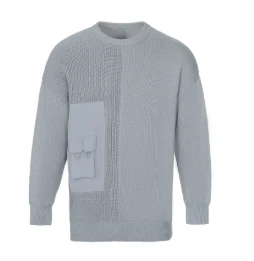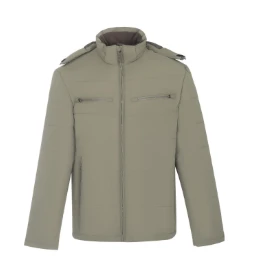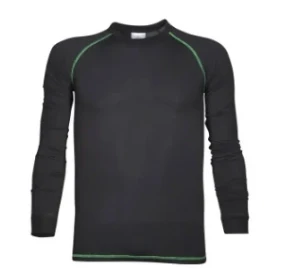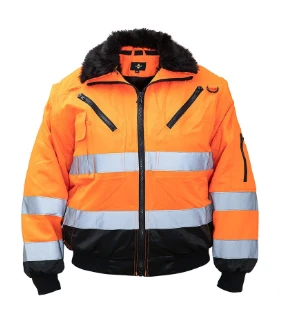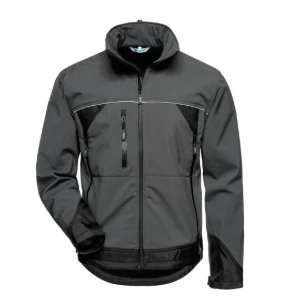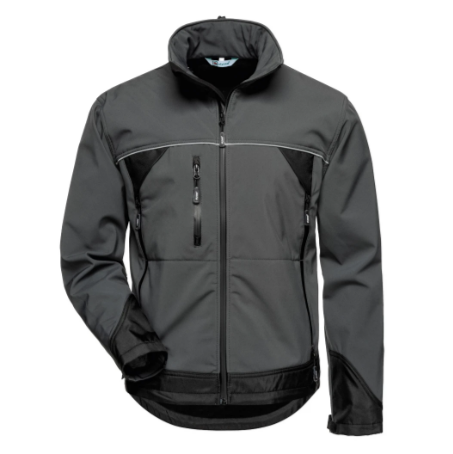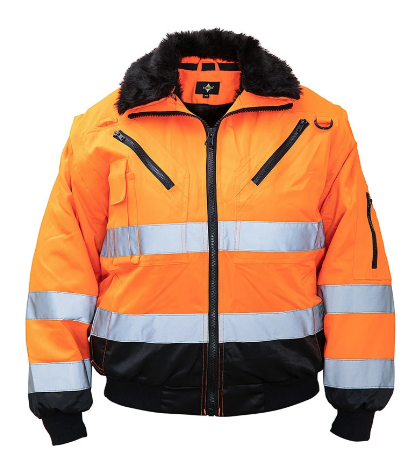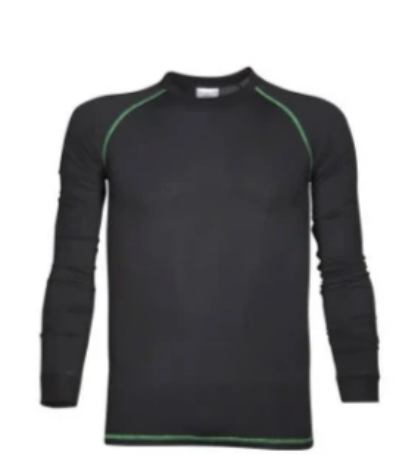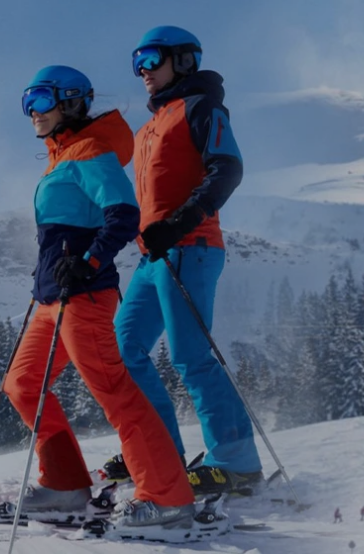Outdoor Wear: Functional Protective Equipment in Natural Exploration
In outdoor scenes such as hiking, mountaineering and camping, outdoor wear has become the core equipment to ensure the safety and comfort of activities with professional functional design. It breaks through the limitations of ordinary clothing in protection and adaptability. Through material innovation and structure optimization, it can not only resist the invasion of complex weather, but also meet the flexible needs of physical exercise. Its performance is directly related to the quality and safety of outdoor experience.
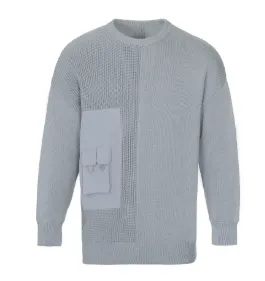
The core advantage of outdoor wear comes from the multi-level functional design and the application of scientific and technological materials
The outer layer of the ladies outdoor wear is usually made of wind proof and water-proof fabrics, such as nylon or polyester fiber after DWR (durable anti water splashing treatment), which can block the infiltration of rainwater and allow the drainage of sweat and water vapor, so as to achieve "breathability and no sweat tightness"; In the middle layer, the fleece or down is used as the thermal insulation layer, which forms a thermal insulation barrier by locking the air, and the lightweight design avoids the bloated feeling during activities; The inner layer is made of quick drying fabric, which can quickly absorb and evaporate sweat on the body surface to prevent getting cold after exercise. In addition, the detail design is also key - the sealed zipper prevents rainwater from penetrating, the velcro cuffs are adjustable, the Multi Pocket layout is convenient to carry tools, and the reflective strip improves the safety in low light environment.
The key criteria for measuring the quality of outdoor wear cover multiple dimensions
In terms of protection performance, the waterproof index should reach more than 10000mm to ensure that it is dry in moderate to heavy rain; The permeability is based on the water vapor transmission rate of 5000g/m ² every 24 hours to meet the sweat wicking demand during high-intensity sports; Durability is reflected in the tearing strength of the fabric, which is not easy to be damaged after repeated friction or scraping; In addition, comfort should not be ignored. The tailoring should conform to ergonomics. There is no sense of restraint when moving, and the weight should be controlled within a reasonable range to reduce the burden on the body.
In practical applications, outdoor wear has strong scene adaptability
When climbing in high mountains, the one-piece ladies outdoor wear with windproof pants can withstand subzero temperatures and strong winds; In jungle hiking, long sleeved quick drying clothes and trousers can prevent mosquito bites and branch scratches; When camping in the rainy season, the coat with high waterproof grade is matched with the tent to ensure that the body is dry in the wet environment; For light walking around the city, you can choose a light soft shell jacket, which takes into account wind resistance and breathability. The flexible application of "one garment with multiple scenes" can be realized by adjusting the functional focus of different scenes.
With the development of outdoor industry, the technological innovation of outdoor wear continues to deepen
The application of environmentally friendly materials has become a trend. For example, snow hiking pants women uses recycled polyester fiber to make fabrics, reducing the consumption of oil resources; The intelligent temperature control technology can adjust the heat output according to the ambient temperature and adapt to the extreme low temperature environment through the embedded heating module; In addition, the antibacterial treated inner fabric reduces the odor after wearing for a long time, while the recyclable design allows the clothing to be degraded or recycled after being discarded, which is in line with the concept of green consumption.
To sum up, outdoor wear has built a complete outdoor protection system with functionality as the core through the integration of material, structure and technology. It not only satisfies people's enthusiasm for natural exploration, but also finds a precise balance between safety and comfort. In the future, with the further combination of material science and ergonomics, outdoor wear will develop in the direction of lighter weight, more environmental protection and more intelligence, providing more reliable equipment support for outdoor enthusiasts, and making every natural exploration more calm and reassuring.
Outdoor Wear FAQs
-
What are the core functions of outdoor wear?
The core function of outdoor clothing is to protect the wearer from bad weather and environment. Waterproof, windproof and breathable are the basic requirements. At the same time, wear resistance should be taken into account to adapt to strenuous activities such as mountaineering and hiking. High tech fabrics such as Gore-Tex can effectively block the infiltration of rain, while the breathable zipper design under the armpit helps regulate body temperature and ensure the comfort of long-term outdoor activities.
-
How to choose outdoor wear suitable for different seasons?
In spring and autumn, it is recommended to choose light soft shell clothing or fleece clothing, and match it with removable liner to cope with the temperature difference. Pay attention to sun protection and quick drying in summer. Choose UPF sun protection fabric and mesh breathable structure. In winter, it depends on layering. The inner layer is sweat wicking, the middle layer is warm (such as down or primaoft cotton), and the outer layer is windproof and waterproof to ensure that the body temperature is maintained in the extremely cold environment.
-
What are the special considerations in the design of outdoor wear?
Professional outdoor shoes usually use vibram anti-skid outsole to deal with muddy or rocky terrain. The high top design protects the ankle, while the GTX waterproof lining prevents rainwater from penetrating. Toe reinforcement reduces collision damage, and midsole cushioning technology reduces the fatigue of long-time walking. Different activities need to match the corresponding shoe types. For example, hiking shoes focus on lightweight, while hiking boots emphasize support.
-
Why does outdoor wear use bright colors?
High saturation colors such as orange red and fluorescent green can improve the visibility in the field and facilitate teammates' positioning or rescue identification. In addition, some fabrics are treated with special dyes, which are not easy to fade even after long-term exposure. However, for scenes such as hunting or bird watching, camouflage or earth color should be selected to avoid disturbing animals.
-
What are the environmental protection trends of outdoor wear?
More and more brands use recycled polyester fiber (such as recycled plastic bottles) or organic cotton to reduce resource consumption. Fluorine free waterproofing agent (PFC free) avoids polluting water sources, and biodegradable coating technology is also in the experimental stage. Consumers can extend the product life cycle and reduce the environmental burden by repairing rather than replacing old equipment.


